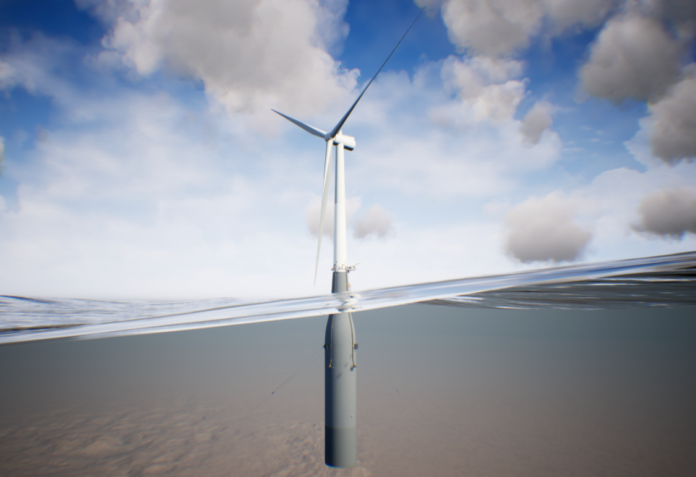Norwegian Prime Minister Erna Solberg and Kværner apprentice Arne Linga have started the construction of Hywind Tampen, a floating offshore wind farm, at Kværner Stord, Norway.
Solberg and Linga started the cutting robot on the project’s first sheet of steel. Kværner’s assignment will include building 11 floating concrete hulls for the turbines on Hywind Tampen.
“Hywind Tampen is a new chapter in Norway’s narrative as an energy nation,” says Eldar Sætre, president and CEO of Equinor. “Eighty percent of the world’s offshore wind resources are located in deep water areas and are available for floating offshore wind projects. If we can use projects like Hywind Tampen to make floating offshore wind competitive with other forms of energy, the technology will be able to deliver large-scale renewable power and contribute to a more sustainable global energy supply.”
Equinor’s ambition is for floating offshore wind to be competitive with other forms of energy by 2030. Equinor sees potential for floating offshore wind projects in Norway, the U.K., Europe, the U.S. and Asia.
The development of the Hywind Tampen project will create around 250 full-time jobs for Kværner employees. Kværner’s project will also generate around 800 full-time jobs in ripple effects for suppliers and the public sector, among others. A study conducted by Multiconsult shows that, in total, the Hywind Tampen project could provide between 1,550 to 3,000 full-time jobs to the Norwegian private sector.
The Hywind Tampen project will be the first floating offshore wind project to supply renewable power for oil and gas installations. The wind farm will have a total capacity of 88 MW and is expected to cover about 35% of the annual power needs on the five platforms Snorre A and B and Gullfaks A, B and C.
When the Hywind Tampen project is operational in 2022, Equinor will be operating one-third of the global floating offshore wind capacity.
Photo A visual rendering of a Hywind Tampen floating wind turbine




